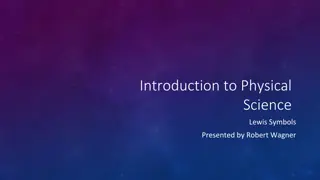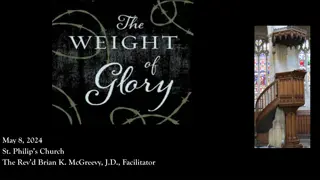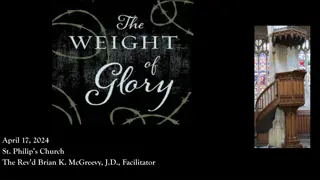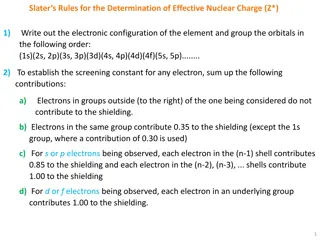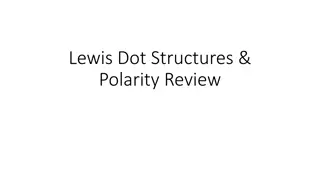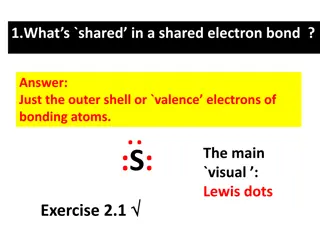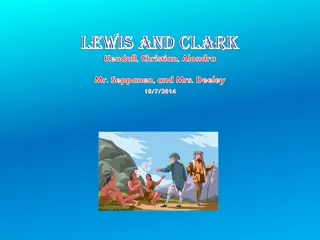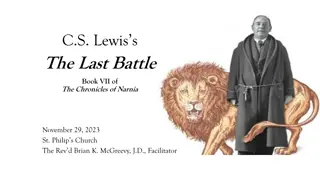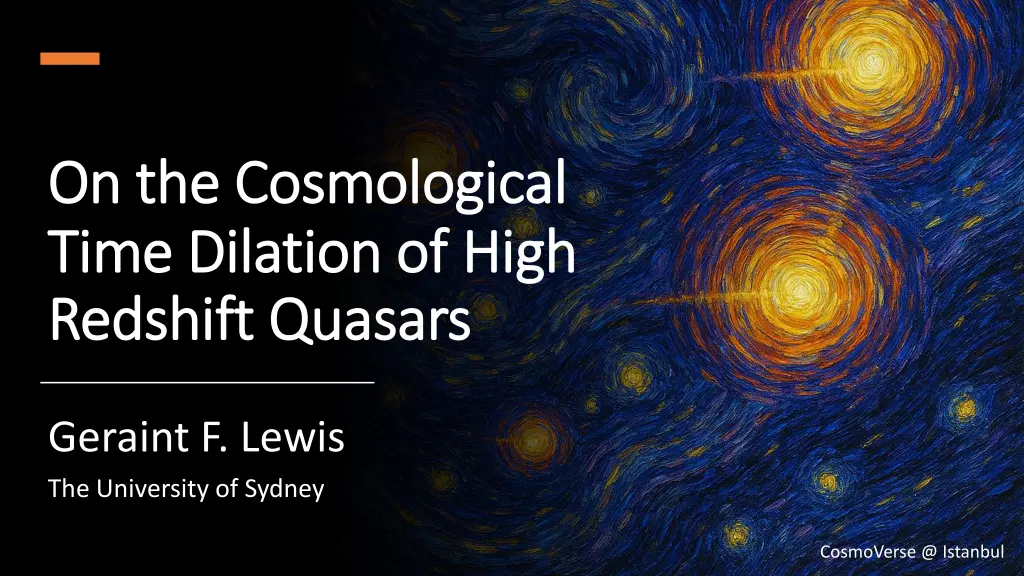
Cosmological Time Dilation of High Redshift Quasars
Explore the fascinating realm of high redshift quasars and the cosmological time dilation phenomenon. Delve into the expansion of space, time dilation in supernovae, and the variability of quasars due to accretion disk effects and microlensing by black holes.
Download Presentation

Please find below an Image/Link to download the presentation.
The content on the website is provided AS IS for your information and personal use only. It may not be sold, licensed, or shared on other websites without obtaining consent from the author. If you encounter any issues during the download, it is possible that the publisher has removed the file from their server.
You are allowed to download the files provided on this website for personal or commercial use, subject to the condition that they are used lawfully. All files are the property of their respective owners.
The content on the website is provided AS IS for your information and personal use only. It may not be sold, licensed, or shared on other websites without obtaining consent from the author.
E N D
Presentation Transcript
On the Cosmological On the Cosmological Time Dilation of High Time Dilation of High Redshift Quasars Redshift Quasars Geraint F. Lewis The University of Sydney CosmoVerse @ Istanbul
The Expansion of Space Credit: NASA, ESA, Leah Hustak (STScI)
The Expansion of Space: Time Dilation t ( 1 + z )
The Expansion of Space: Time Dilation Cosmological Supernovae Supernovae are normalizable! SN 1994D
The Expansion of Space: Time Dilation Cosmological Supernovae Riess et al. (2007) Blondin et al. (2018)
The Expansion of Space: Time Dilation Abbott et al (2025)
The Expansion of Space: Time Dilation (1+z)b Typical cosmologist celebrating!
Time Dilation: Quasars Highly luminous objects. Supermassive blackhole surrounded by a relativistic accretion disk. Accretion disk weather leads to complicated variability.
Quasar Light Curves UK Schmidt Telescope, Australia Hawkins (1993)
Quasar Light Curves Hawkins (1993) Hawkins (2010)
Hawkins concludes that quasar variability cannot be intrinsic. Proposed it is a result of gravitational microlensing by a significant population of lensing masses (black holes!)
Quasar Light Curves 190 SDSS Quasars Taken from Stripe 82 Monitored in (g,r,i) 20 years of data Characterise with Damped Random Walk This has characteristic time scale! Stone et al. (2023)
Quasar Light Curves 190 SDSS Quasars Taken from Stripe 82 Monitored in (g,r,i) 20 years of data Characterise with Damped Random Walk This has characteristic time scale! Stone et al. (2023)
Quasar Light Curves Represent as a Damped Random Walk Covariance matrix between two observations. Importantly, this has a *time scale* which is imprinted on the structure function and power spectrum density. Calculated for each quasar by Stone et al. (2023).
Quasar Light Curves Method: <- erg/s Bin quasars in Rest Wavelength vs Luminosity Assume quasars in same bin have same variability Assume redshift dependence of the log(timescale) of the form: Test different hypotheses using Bayesian evidence Lewis & Brewer (2023)
Bayesian Analysis The standard cosmological expectation is n=1 Lewis & Brewer (2023)
Bayesian Analysis For H2, where n is treated as a free parameter, the resultant distribution is consistent with n=1. Note that n=0 is strongly disfavoured. Lewis & Brewer (2023)
Bayesian Analysis The distribution of the Ck parameters shows that there are systemic differences between the bins. This shows that there are aspects of quasar physics influencing the light curves. Lewis & Brewer (2023)
Replace the discrete representation with a continuous function over the Lbol space. Also include a scatter term, , for each of the quasars. Brewer, Lewis and Li (2023)
N = 1.14 0.34 Brewer, Lewis and Li (2023)
Conclusions Previous claims that quasar variability does not exhibit the expected cosmological time dilation due to expanding space. We have found the expected cosmological signature by analysing a new sample of 190 quasars monitored over 20 years. Counters more radical claims (cosmological distribution of microlensing masses, a static universe, tired light etc). Little indication of significant evolution, so future samples can distinguish the influence of quasar physics from the cosmological signature, so quasars can be used as standard candles/clocks. Lewis & Brewer (2023) & Brewer, Lewis & Li (2025)




